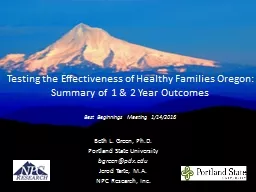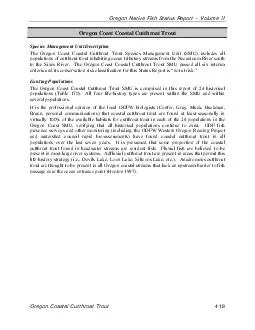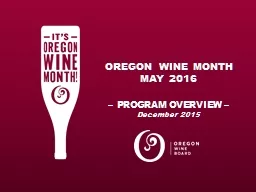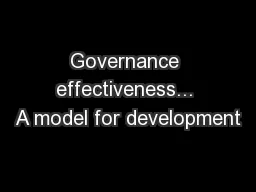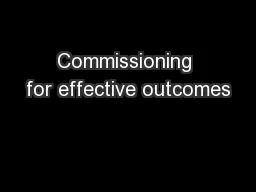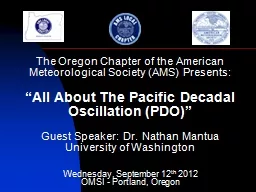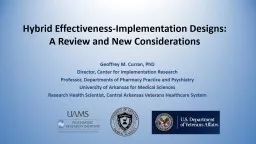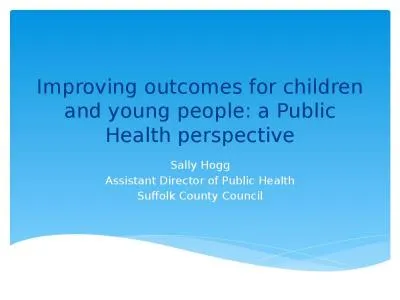PPT-Testing the Effectiveness of Healthy Families Oregon: Summary of 1 & 2 Year Outcomes
Author : interviewpsych | Published Date : 2020-08-04
Best Beginnings Meeting 1142016 Beth L Green PhD Portland State University bgreenpdxedu Jerod Tarte MA NPC Research Inc Research Project Goals amp Objectives Conduct
Presentation Embed Code
Download Presentation
Download Presentation The PPT/PDF document "Testing the Effectiveness of Healthy Fam..." is the property of its rightful owner. Permission is granted to download and print the materials on this website for personal, non-commercial use only, and to display it on your personal computer provided you do not modify the materials and that you retain all copyright notices contained in the materials. By downloading content from our website, you accept the terms of this agreement.
Testing the Effectiveness of Healthy Families Oregon: Summary of 1 & 2 Year Outcomes: Transcript
Download Rules Of Document
"Testing the Effectiveness of Healthy Families Oregon: Summary of 1 & 2 Year Outcomes"The content belongs to its owner. You may download and print it for personal use, without modification, and keep all copyright notices. By downloading, you agree to these terms.
Related Documents

